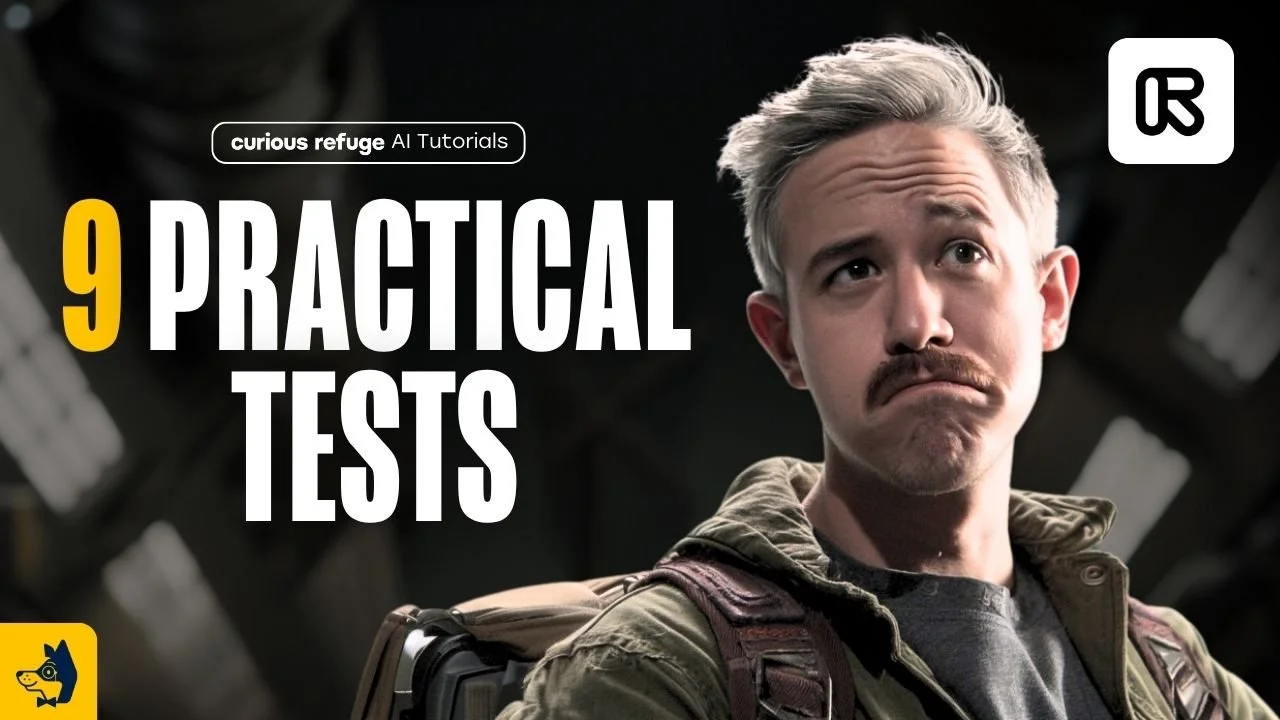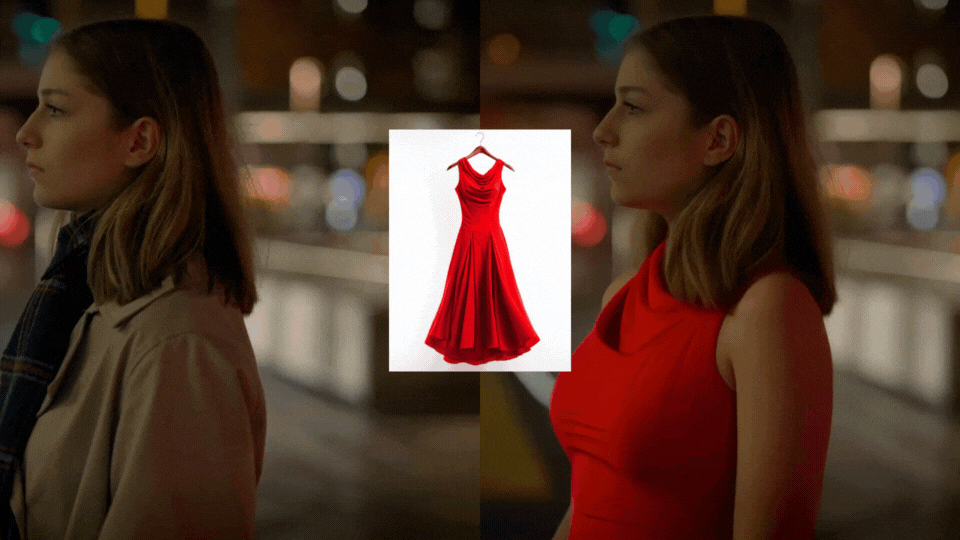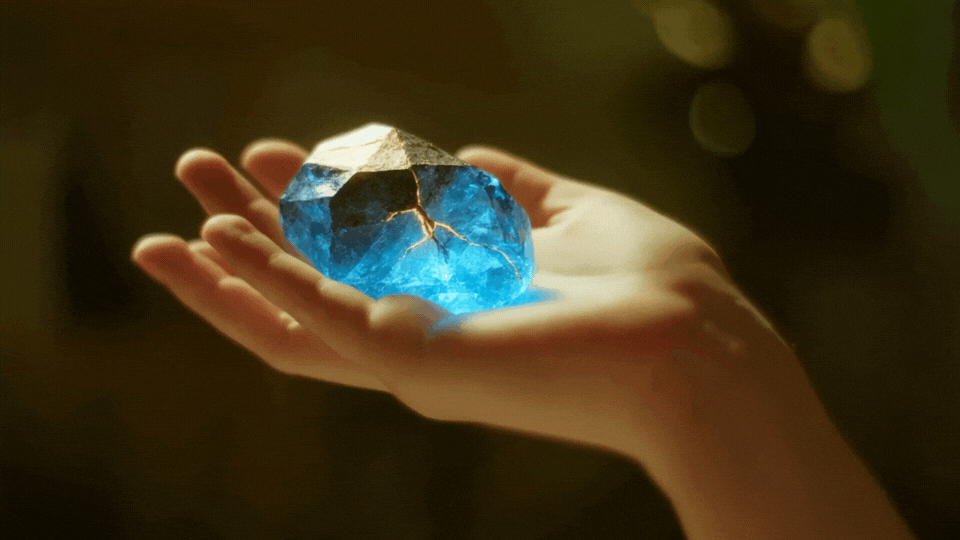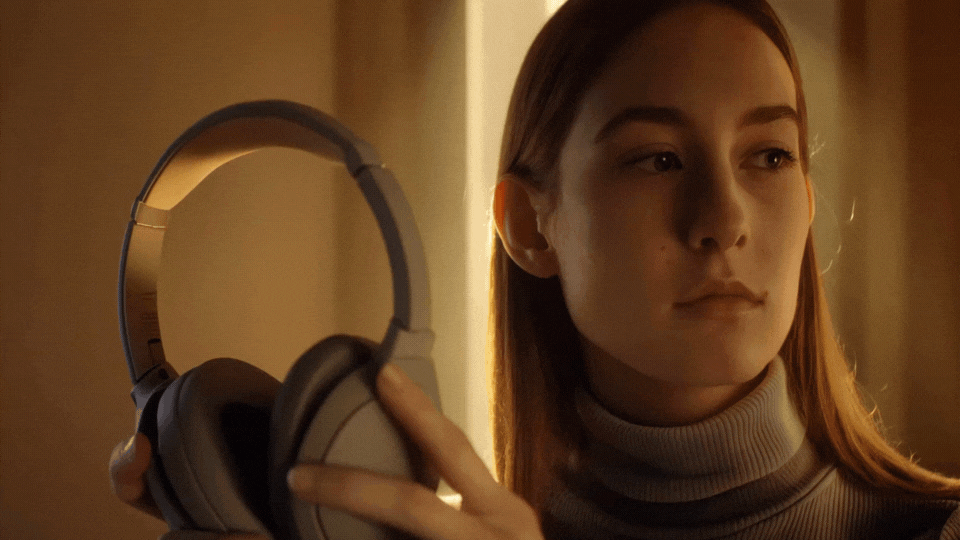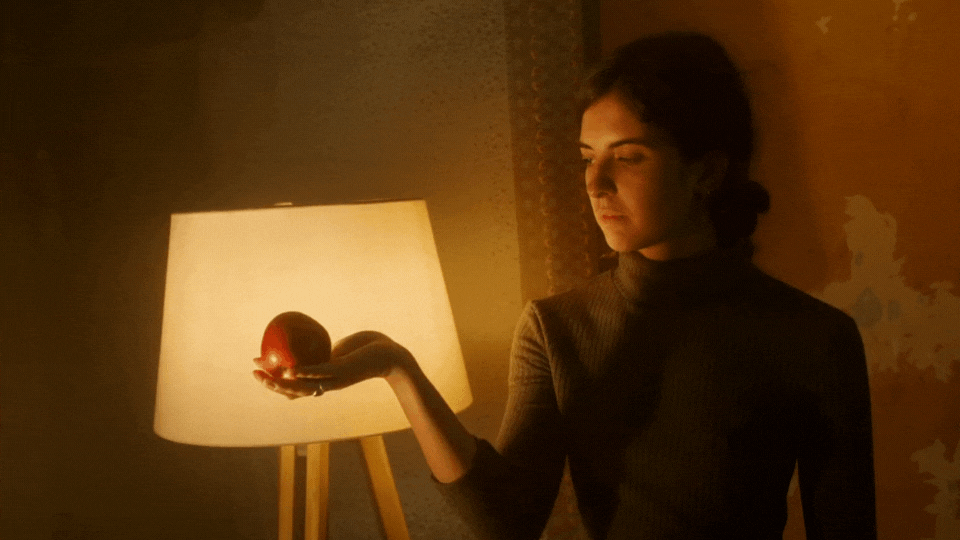9 Practical Ways to Use Runway Aleph
In this article and video tutorial, I’m going give you 9 practical ways to use Runway Aleph. Along with that, we are going to see if this AI Video tool is actually ready for the big screen.
Aleph is, without a doubt, the most jaw-droppingly advanced AI video tool available. This new AI Video Tool gives you the ability to create scenes that used to take weeks in minutes.
With Aleph, you can swap clothing, change lighting, remove objects, and even transform the time of day — all by having a conversation with an AI. It’s like chatting with a magical post-production intern who actually knows what they’re doing.
As a massive AI Filmmaking nerd, I thought it’d be helpful to share a few of my favorite instances to utilize this new AI video tool in practical ways. As in, we will see if Aleph is ready to take on real-world projects.
Full disclosure, we are not sponsored by Runway. Our goals are to test the limits of AI tools and help to educate those in the industry.
Runway Aleph Video Tutorial
Below is a video tutorial where I test the uses out in real time and see what the results are. give it a watch and let me know what you think.
9 Practical Ways to Use Runway Aleph
Below is a list of my favorite, practical ways to use Runway Aleph. I was a tad skeptical when I started pushing the limits of this tool but have been blown away by the results.
1. Change Your Character’s Clothing
One of Aleph’s most practical features is the ability to change clothing in existing video footage using only a text prompt. In our tests, we uploaded a short clip of a woman walking down the street and prompted Aleph to replace her outfit with a black leather coat.
The generation took a few minutes, but the result was impressive — the coat integrated well with the scene’s lighting, and the texture held up even after 4K upscaling.
Original
Output
We took it further by uploading a red dress image alongside the video and prompting Aleph to apply it.
The result was again accurate, though the brightness of the dress slightly contrasted with the original color grade. That said, the fix was minimal and easily addressed in a standard color correction workflow.
2. Replace an Object in Your Scene
Aleph can replace objects within a shot using both prompts and reference images, making it a powerful tool for visual storytelling or post-production cleanup.
To test this, we used a video of a person holding a seashell and uploaded a custom glowing blue rock asset created in Midjourney. With the prompt “swap the shell for the glowing rock,” Aleph generated a version where the shell was replaced convincingly, not just in shape and color, but also in how it interacted with the environment.
Original
Reference
The output was pretty impressive! There are some super dynamic details like edge bokeh and luminance spill from the glowing object. The thing that really blew me away, is how Aleph handled lens dynamics such as focus fall-off naturally, making the replacement feel integrated.
Output
One limitation: the added object didn’t fully match the film grain of the original footage, so for professional use, rotoscoping in grain overlays might still be necessary. This probably isn’t visible in the GIFs for this article.
3. Reframe Your Shot
Another incredibly helpful feature ability is one we saw Dave Clark do on X. Aleph can reframe existing footage to generate alternate camera angles while maintaining visual consistency — a major advantage for filmmakers needing additional coverage from limited source material.
In one example, we started with a wide shot of a person riding a horse in the desert and asked Aleph to generate a close-up of the horse.
Original
Output
The output shot not only matched the original character and environment but also preserved the color grading and shot composition. This would be pretty difficult to do using an image generator like Midjourney.
4. Greyscale Renders
Aleph can also aparently function like a full-blown render engine. To test that out, I uploaded a grayscale render of liquid and asked Aleph to turn it into translucent red water.
Original
Output
The output was seriously impressive! It looks a tad less realistic, but I am incredibly surprised by the consistency in physsic and motion.
5. Relight Your Scene
Aleph also gives you the power to relight entire scenes — from daylight to golden hour, or any look in between. We tested it on a series of clips showing a woman holding headphones and checking her phone. Originally shot in broad daylight, we asked Aleph to reimagine the lighting as warm, backlit sunset.
Original
Reference Image
The output was pretty good. Aleph preserved the shadows, shifted the ambiance, and delivered a believable magic hour tone.
Output
It does seem as though there was some softness in the face of the output, but that should only get better overtime and most likely wouldn’t be noticeable if we were not referencing the original shot.
6. Turn on or Add Lights in your Scene
This one seems a tad minor, but it simultaneously feels like one of the coolest features. In one shot, we had a lamp that looked turned off, and we simply typed “turn the lamp on.” The textile material of the lamp held its texture, and the illumination felt grounded in the physical space.
Original
Output
In the past, you'd need a light wrap, manual grading, and VFX masking. Here, Aleph did it all in one prompt. Subtle, smart, and shockingly easy.
7. Change the Time of Day
Another magical trick: changing the time of day. We had a moody nighttime war scene and told Aleph, “change the lighting in this scene to sunset.” A few moments later, the result had sunset lighting, shadow haze, and warm tones that felt like actual location reshoots.
Original
Output
This output seriously blew my mind. The consistency in physics, movement, and the overall shot is phenomenal. Aleph understands the diffusion of light, cast shadows, and the environmental haze. I would be curious if people could tell which is the original shot.
8. Remove an Object from Your Scene
Aleph excels at object removal. We had a subway shot covered in graffiti, and with a single prompt — “remove the graffiti” — Aleph did its thing.
Original
Output
The output was shockingly natural. Brick textures matched, lighting stayed consistent, and unless you're frame-scrubbing, you wouldn’t suspect a thing.
There was a slight softness in the subject afterward, but with light rotoscoping, you could easily patch that up. It’s a faster alternative to painstaking frame-by-frame cleanups in After Effects or Nuke.
9. Change the Weather in your Scene
And finally, let’s talk weather manipulation. Because yes, Aleph can do that too. We took a calm outdoor scene with a person touching a tree and prompted Aleph to “convert this scene to a rainy day.”
Original
The results looked convincing — rain streaks, darker lighting, and atmospheric dampness.
This one was probably the most unimpressive generation, but re-rendering might help to refine the look. Definitely better than trying to shoot rain on set (unless you love being soaked and cold).
Final Thoughts on Runway Aleph
Aleph is redefining what’s possible in AI filmmaking. Whether you’re relighting scenes, changing the weather, or adding cinematic FX from scratch, it’s clear this isn’t just a gimmick — it’s a huge upgrade for all filmmakers
The crazy part is with how impressive this tool is, it will only get better from here.
If you want to dive deeper into AI VFX, be sure to check out our course at Curious Refuge. You can join the waitlist by filling out the form below.
Post your Aleph generations on social and make sure to tag us! We would love to see what you create.

